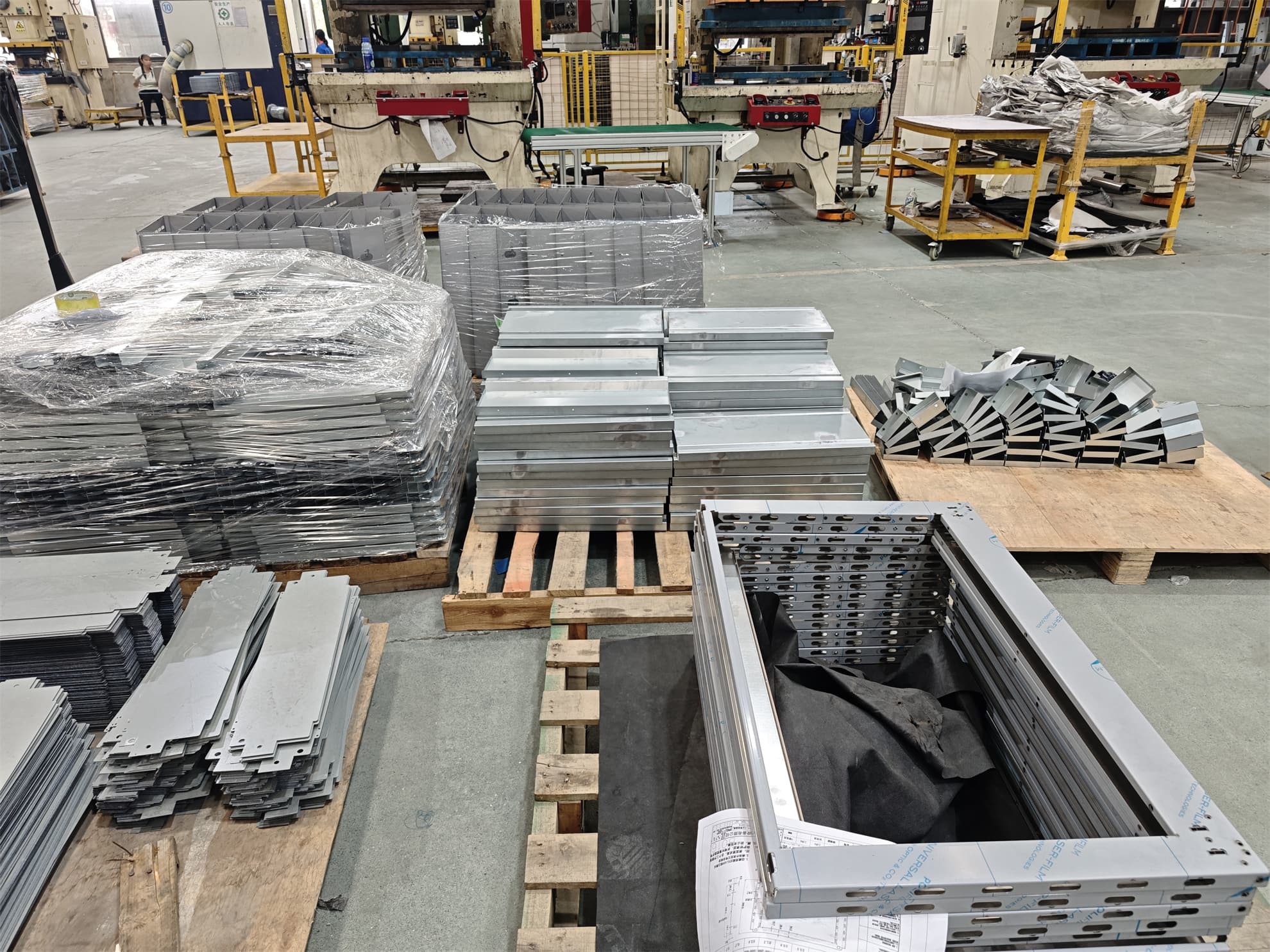In today’s HVAC (Heating, Ventilation, and Air Conditioning) industry, reliable HVAC sheet metal components are vital to ensure comfort, safety, and energy efficiency. As modern buildings demand higher performance standards, these components must be designed, fabricated, and assembled with precision.

Why HVAC Sheet Metal Matters
HVAC systems rely on ductwork, fittings, plenums, and vents that move massive volumes of air. To maintain airflow, pressure balance, and minimize leaks, components must be made accurately:
-
Material thickness affects noise and structural integrity.
-
Proper duct sizing ensures energy efficiency.
-
Smooth internal surfaces reduce friction and improve airflow.
Sheet metal fabrication—through laser cutting, CNC bending, precision stamping, and welding—ensures that production tolerances meet the demanding requirements of HVAC systems.
Common Components in HVAC Systems
Here are key components where sheet metal fabrication plays a critical role:
-
Duct sections and trunks – rectangular or spiral from galvanized steel
-
Elbows, tees, and transitions – crafted to transfer airflow efficiently
-
Plenums and fan housings – precision-cut and assembled for leak-free operation
-
Supply and return vents – often powder-coated or anodized for aesthetics
-
Backdraft dampers and access panels – custom-engineered to fit unique installations
Each component combines structural and functional requirements, making custom sheet metal work essential for complex buildings and retrofit projects.
Key Processes in HVAC Sheet Metal Fabrication
Laser Cutting & CNC Punching
These methods shape duct flanges, vent slots, and mounting holes with high accuracy and fast throughput.
CNC Bending & Press Brake Forming
Provides clean, repeatable bends with proper bend allowance and minimal deformation.
Welding & Assembly
Spot welding, seam welding, or MIG welding ensures airtight joints in areas under pressure.
Surface Finishing
Common finishes include galvanization, powder coating, or anodizing, chosen based on environment and appearance needs.
Quality Inspections
Checks include perimeter leak tests, dimensional measurements, and weld integrity assessments.
Case Study: High-Efficiency Commercial Ductwork
A commercial building retrofit in Denver needed new ducting to meet LEED energy standards. Our team delivered precision duct components:
-
Laser-cut seams reduced welding time by 25%.
-
CNC-bent fittings maintained ±0.5 mm accuracy.
-
Powder-coated vents matched interior aesthetics.
As a result, airflow efficiency increased by 12%, noise dropped significantly, and assembly time was reduced by a week.
Material & Design Considerations
Galvanized steel remains the most popular material. However, for specialized applications, options include:
-
Stainless steel – used in corrosive or hygienic environments
-
Aluminum – lightweight and corrosion-resistant
-
Galvanneal – balances cost and corrosion resistance
Engineers designing HVAC systems should consider:
-
Flange design – for easy insulation and sealing
-
Corner stiffeners – to prevent collapse under airflow pressure
-
Acoustic dampening – built into components for quieter performance
Mistakes to Avoid ⚠️
-
Ignoring bend radius – causes deformation and leaks
-
Too-tight tolerances on long ducts – playing Tetris across buildings
-
Skipping surface prep – leading to premature corrosion
-
Weak welds or poor sealing – increasing energy loss and air drafts
Early design review and prototyping are essential to avoid costly rework.
Steps to Perfect HVAC Sheet Metal
-
Provide accurate CAD drawings with detailed dimensions and bend lines
-
Choose materials based on use case and budget
-
Prototyping first-run components for fit test and pressure validation
-
Finalize tooling for laser cutting, CNC bending, and welding
-
Apply finish based on interior/exterior use, then inspect and ship
This systematic approach ensures smooth installation and dependable performance.
Benefits of Working with an Expert Fabricator
A skilled sheet metal partner delivers:
-
Tight tolerances for leak-free installations
-
Material recommendations for system longevity
-
Streamlined manufacturing and handling of large components
-
Surface finishing that resists corrosion and matches building interiors
Whether you’re an HVAC contractor, building engineer, or plant manager, these capabilities matter.
Final Thoughts
When specifying HVAC sheet metal components, precision fabrication is not optional—it’s essential. From laser cutting to CNC bending, precision stamping, and powder coating, each process ensures your HVAC installation operates reliably and efficiently.
If you're upgrading ducts or designing HVAC for a new building, partner with a professional team to get accurate, durable sheet metal parts.